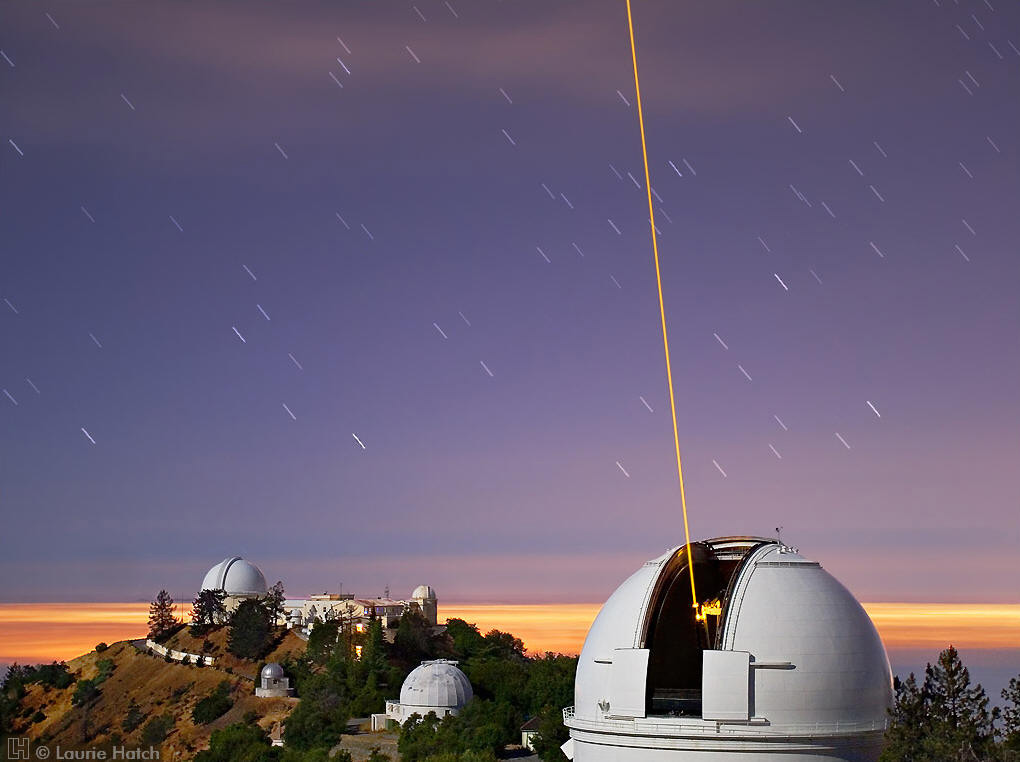Google Gives Lick Observatory $1 Million to Relieve Funding Woes

Tech giant Google will give $1 million to Lick Observatory, a University of California facility that has been battling for funds since 2013.
The money will go towards general expenses for the next two years and will supplement the $1.5 million annually that the Lick Observatory receives from the university.
"This is very exciting," UC Berkeley astronomy professor Alex Filippenko, who leads fundraising, said in a statement on Feb. 10. "There's a real opportunity to make a difference, through the research, education and public outreach we do at Lick Observatory."
Managers anticipate using the money immediately for two things: stopping occasional closures of the Shane 3-meter telescope due to staff shortages, and developing adaptive optics used to improve telescope imaging. [The World's Largest Telescopes]
Two years ago, the university threatened to cut off funding in 2018 amid overall budget cuts. It reversed that decision late last year, but said it would reduce the allocation it gives to the observatory.
The new grant will temporarily boost Lick's budget to $2 million annually, which is still below the $2.5 million it used to receive from the university. Filippenko said the money would buy time for the observatory to look for more money, which he is hoping will come in the form of a $50 million endowment. Interest from the endowment would go towards annual operating funds.
The observatory was established in 1888 and has seven telescopes at its Mt. Hamilton facility near San Jose. These telescopes perform a wide variety of science observations, from studying supernovas to searching for alien planets. Their modest size allows for researchers to do repeat observations, Lick officials added, because larger telescopes have tighter time allocations due to the popularity of observing requests.
Get the Space.com Newsletter
Breaking space news, the latest updates on rocket launches, skywatching events and more!
Prominent work at Lick includes discovering most of the first 100 exoplanets, finding black holes embedded in galaxies, and discovering or studying supernovae that were later used to show that the universe's expansion was accelerating.
The telescopes have also been used to test technologies. One example is adaptive optics, a technology that uses lasers to adjust a telescope mirror to account for turbulence in the atmosphere. This allows for sharper images of stars, galaxies and other objects.
Separately, Lick recently received $350,000 to upgrade a spectrograph on its three-meter telescope. The change will make it easier to examine supernovae and other distant objects, Lick officials said. Those funds came from the Heising-Simons Foundation and donors Bill and Marina Kast.
Follow Elizabeth Howell @howellspace. Follow us @Spacedotcom, Facebook and Google+. Original article on Space.com.
Join our Space Forums to keep talking space on the latest missions, night sky and more! And if you have a news tip, correction or comment, let us know at: community@space.com.

Elizabeth Howell (she/her), Ph.D., was a staff writer in the spaceflight channel between 2022 and 2024 specializing in Canadian space news. She was contributing writer for Space.com for 10 years from 2012 to 2024. Elizabeth's reporting includes multiple exclusives with the White House, leading world coverage about a lost-and-found space tomato on the International Space Station, witnessing five human spaceflight launches on two continents, flying parabolic, working inside a spacesuit, and participating in a simulated Mars mission. Her latest book, "Why Am I Taller?" (ECW Press, 2022) is co-written with astronaut Dave Williams.










